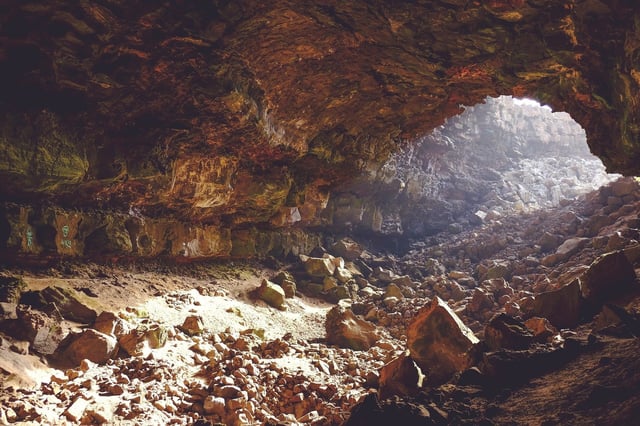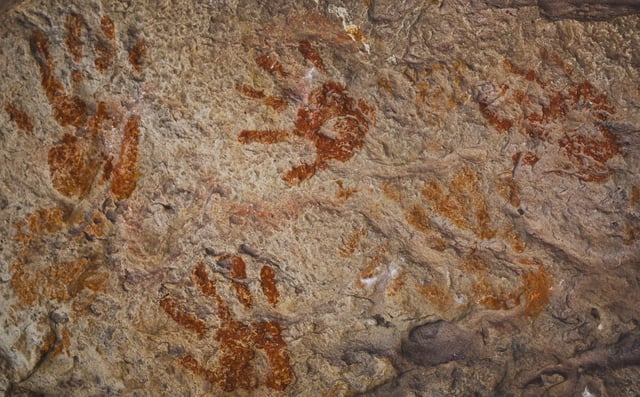Overview
- The Laschamps geomagnetic excursion, occurring 41,000 years ago, weakened Earth's magnetic field to 10% of its current strength, increasing exposure to harmful UV and cosmic radiation.
- Homo sapiens developed adaptive strategies like tailored clothing, ochre as sunscreen, and cave dwelling, which may have protected them from radiation and contributed to their survival.
- Neanderthals, who lacked evidence of these adaptations, went extinct around 40,000 years ago, while Homo sapiens spread across Europe, Asia, and Northern Africa.
- Researchers used a 3D geospace model to correlate regions of weakened magnetic protection with increased early human activity during the Laschamps event.
- The study warns that a similar magnetic field weakening today could disrupt modern technological systems, including satellites and communication networks.



